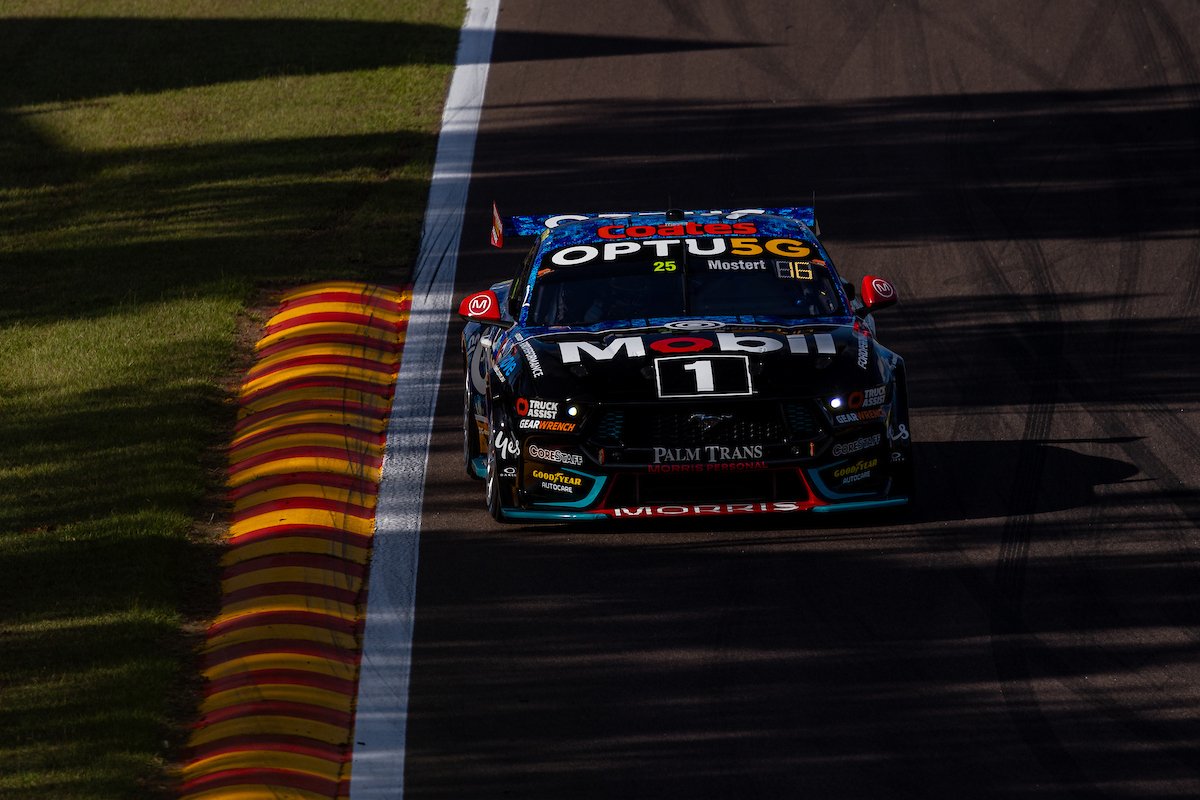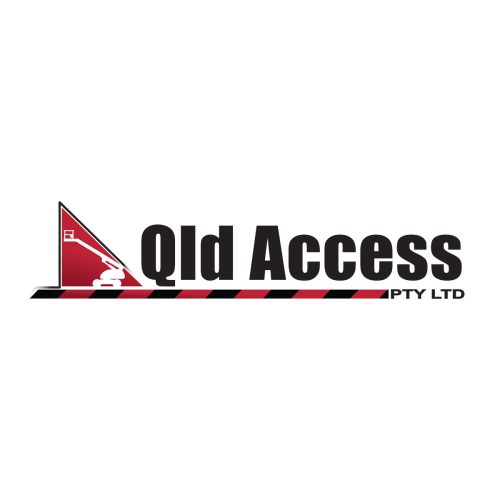

Supercars is set to undertake unprecedented transient dyno testing over the coming months, with details of a multi-stage programme utilising the AVL facility in the USA released over the Darwin Triple Crown weekend.
V8 units from Ford and Chevrolet will be thoroughly evaluated in a transient dyno environment to determine – once and for all – that there is parity between the two brands.
Previously static dyno work has been sufficient, given both manufacturers were running five-litre pushrod units.
That meant working to what is known as an Accumulated Engine Power figure was sufficient to determine equality between Ford and GM powerplants.
However the Gen3 rules saw two vastly different engines introduced, with the Mustangs runnings a 5.4-litre quad cam engine and the Camaros a 5.7-litre pushrod engine.
That has created question marks over different pillars of engine performance relating to torque, altitude and more.
For much of last year there were concerns the Ford unit wasn’t a match for the Chevrolet, with shift recovery deltas used as an equalisation measure.
After testing last year the deltas were made equal for this season, with engine performance a question mark at the season-opening Bathurst 500 before going quiet.
It did, however, come back into focus at the recent Darwin Triple Crown – coincidentally the time that the AVL programme was publicly announced.
This is the second unprecedented parity testing programme undertaken by Supercars, which sorted aero concerns with off-season wind tunnel running in the States.
When quizzed on the upcoming engine testing, Ford’s head motorsport honcho Rushbrook outlined that the success of the aero testing was a positive sign.
“Well, we were encouraged by what we saw with the aero testing, right?,” he told Speedcafe.
“There was good progress there using tools that Supercars had not used before. And provided a benefit to the aerodynamics for parity.
“And we’re equally looking forward to what the transient dyno can do for parity in the transient engine performance.”
Rushbrook went on to praise Supercars for embracing more modern tools to ensure parity across the tightly-controlled Gen3 cars.
“I think it’s been very good for the sport,” he said.
“We work in so many different series as you see here with so many different organisations. And we see all those different tools that are available and no series does it the same, right?
“But there’s a common direction in most of those. And we think Supercars now, especially with Tim Edwards and his previous experience before Supercars, they’re listening now and [there’s] good dialogue and exchange, and certainly moving in the right direction.”
Engines are already on their way to the States with the first proper phase of testing set to kicks off later next month after the Panasonic Air Conditioning Sydney SuperNight.
A second phase will follow, with any changes required hopefully able to be implemented before the Bathurst 1000 in October.




















Discussion about this post